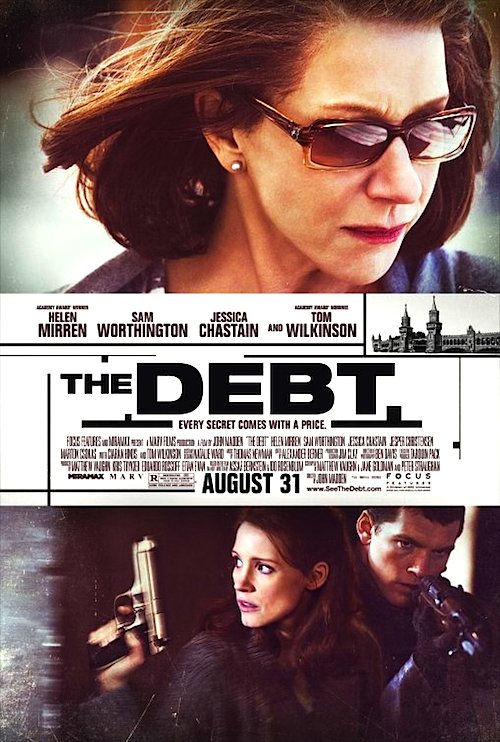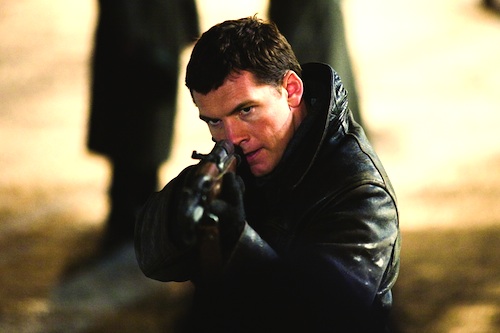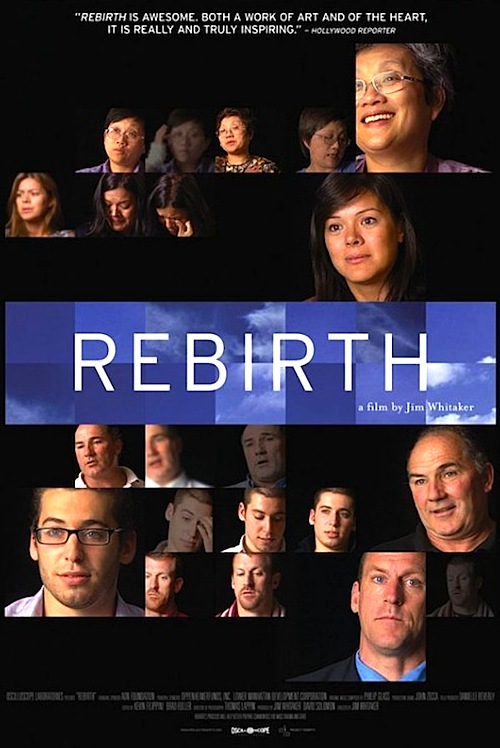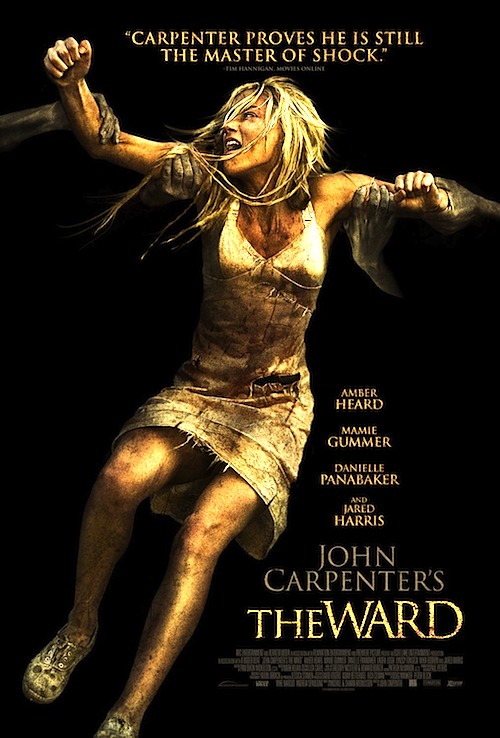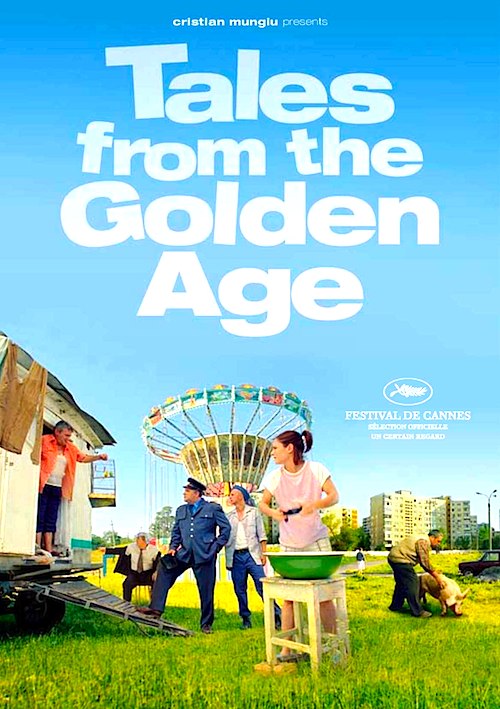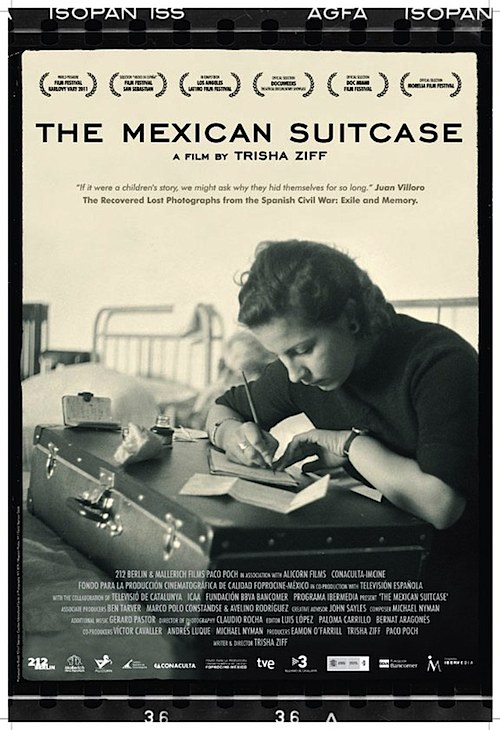 By Joe Bendel. Many writers, most notably Hemingway and Malraux, tried to write the Spanish Civil narrative for a worldwide audience. However, it was the work of trailblazing war photojournalist Robert Capa that supplied the images for the Republican cause célèbre. Unfortunately, thousands of his negatives were lost, suspected to be somewhere in Mexico. Through the efforts of the International Center of Photography (ICP), founded by the photographer’s late brother Cornell, the not-so apocryphal case was found and its contents have been catalogued and preserved. The story of the photos and the photojournalists behind the camera are told in Trisha Ziff’s The Mexican Suitcase (trailer here), which is currently screening as part of the 2011 DocuWeeks in Los Angeles.
By Joe Bendel. Many writers, most notably Hemingway and Malraux, tried to write the Spanish Civil narrative for a worldwide audience. However, it was the work of trailblazing war photojournalist Robert Capa that supplied the images for the Republican cause célèbre. Unfortunately, thousands of his negatives were lost, suspected to be somewhere in Mexico. Through the efforts of the International Center of Photography (ICP), founded by the photographer’s late brother Cornell, the not-so apocryphal case was found and its contents have been catalogued and preserved. The story of the photos and the photojournalists behind the camera are told in Trisha Ziff’s The Mexican Suitcase (trailer here), which is currently screening as part of the 2011 DocuWeeks in Los Angeles.
Not really a suitcase per se (strangely, it is not pictured on the film’s one-sheet), the suitcase was a small partitioned box crafted by darkroom assistant Imre “Csiki” Weiss. Inside were not just scores of Capa negatives, including some of his best known images, but also those of his wife Gerda Taro and close colleague David Seymour, a.k.a. “Shim.” In fact, the suitcase led to many photos previously considered part of the Capa canon to be reattributed to Taro or Seymour.
Those who only know Capa as a name and perhaps for the iconic “Falling Soldier,” supposedly taken at Cerro Muriano (the authenticity of which has fallen into dispute), should certainly gain an appreciation of his work through Suitcase. Though it was impossible to compose shots in a traditional sense during the heat of battle, he clearly had a talent for framing the action on the fly. The film also gives Taro and Seymour their proper due for battlefield fearlessness.
Unfortunately, Suitcase is overly simplistic in its treatment of the Spanish Civil War, perhaps reflecting the involvement of groups dedicated to promoting the legacy of the Communist-oriented Abraham Lincoln Brigade. As a result, Suitcase strictly adheres to the “good war” Party line, ignoring the sometimes bloody Republican in-fighting between Communists and Anarchists, the Republican atrocities committed against the Catholic Church, the purges perpetrated by Republican sponsor Joseph Stalin (by this time generally public knowledge amongst the educated classes), and the bitter divisions amongst ALB veterans stemming from the Molotov-Ribbentrop Pact. That is unfortunate, because it robs the film of nearly all the irony and messiness that made the war such a compelling episode of world history. Indeed, which would you rather read, Ernest Hemingway’s undeniably pro-Republican but still nuanced For Whom the Bell Tolls or Alvah Bessie’s Party approved propaganda?

As art history, Suitcase is fascinating stuff, lucidly establishing the significance of the suitcase’s recovery and the further light its contents shed on the work of Capa, Taro, and Seymour. It also serves as an effective commercial for the ICP and its talented staff. On the other hand, as historical commentary on the Spanish Civil War, the film is rather shallow and should in no way be considered definitive. A mixed bag, recommended at least for photography buffs, Suitcase screens through Thursday (9/8) in Los Angeles at the Laemmle Sunset 5, after which point it should be officially qualified for Oscar consideration, unless canceled New York screenings during Hurricane/Tropical Storm Irene affect its standing.
Posted on September 6th, 2011 at 12:08am.
